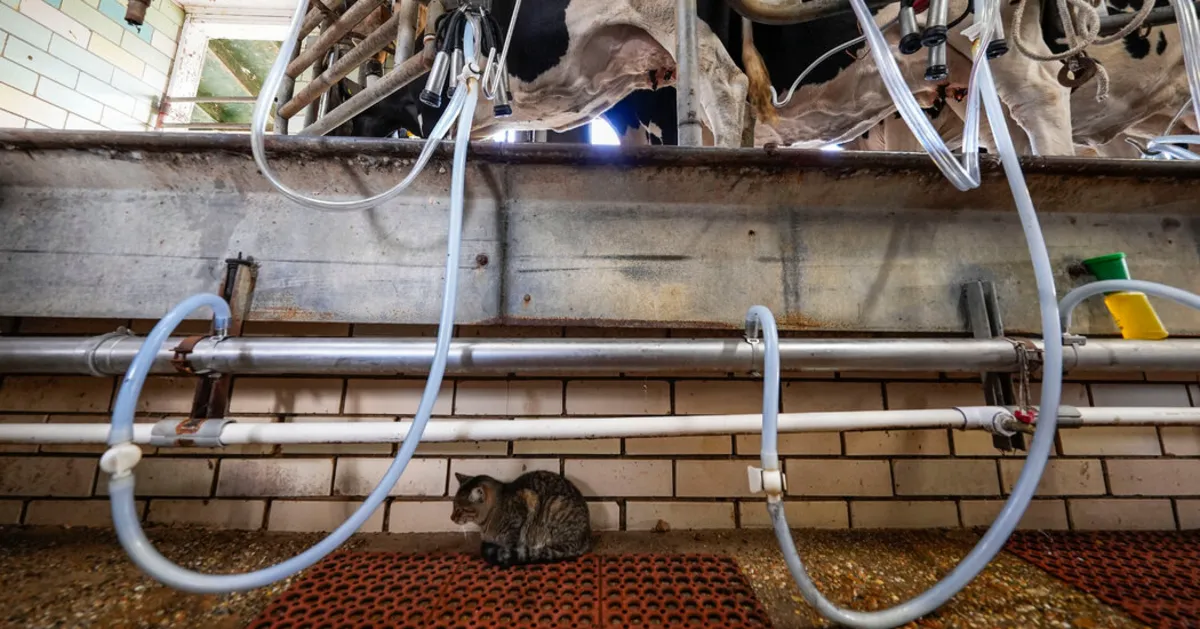
A recent study conducted by the Centers for Disease Control and Prevention (CDC) has raised concerns about a potential transmission of bird flu from dairy workers in Michigan to their pet cats. The study, released on Thursday, highlights a possible connection that occurred last May.
In one household, it is suspected that infected cats may have also transmitted the virus to other people living in the home. However, the available evidence is limited, making it challenging to confirm this mode of transmission. The study underscores the need for further investigation into how the virus may have spread among humans and animals.
The results of this study were originally scheduled for publication in January. However, the release was delayed due to a pause on communications imposed by the Trump administration on the CDC. A single data table from the report briefly surfaced online a couple of weeks ago in an unrelated paper about the wildfires in California, sparking calls from public health experts for the full study to be made available.
While the study provides valuable insights, it leaves several critical questions unanswered. Experts are still uncertain about how the pet cats initially contracted the virus and whether the transmission occurred directly from farmworkers or through another source. Jennifer Nuzzo, director of the Pandemic Center at the Brown University School of Public Health, emphasized the need for clarity, stating, “I don’t think we can say for sure if this is human-to-cat or cat-to-human or cat-from-something-else.”
This study brings attention to the complexities of virus transmission between humans and animals, highlighting the importance of comprehensive research to understand the dynamics and prevent future outbreaks.